Home>Interior Design>How To Arrange Furniture For Good Feng Shui: 4 ways To Avoid Conflict
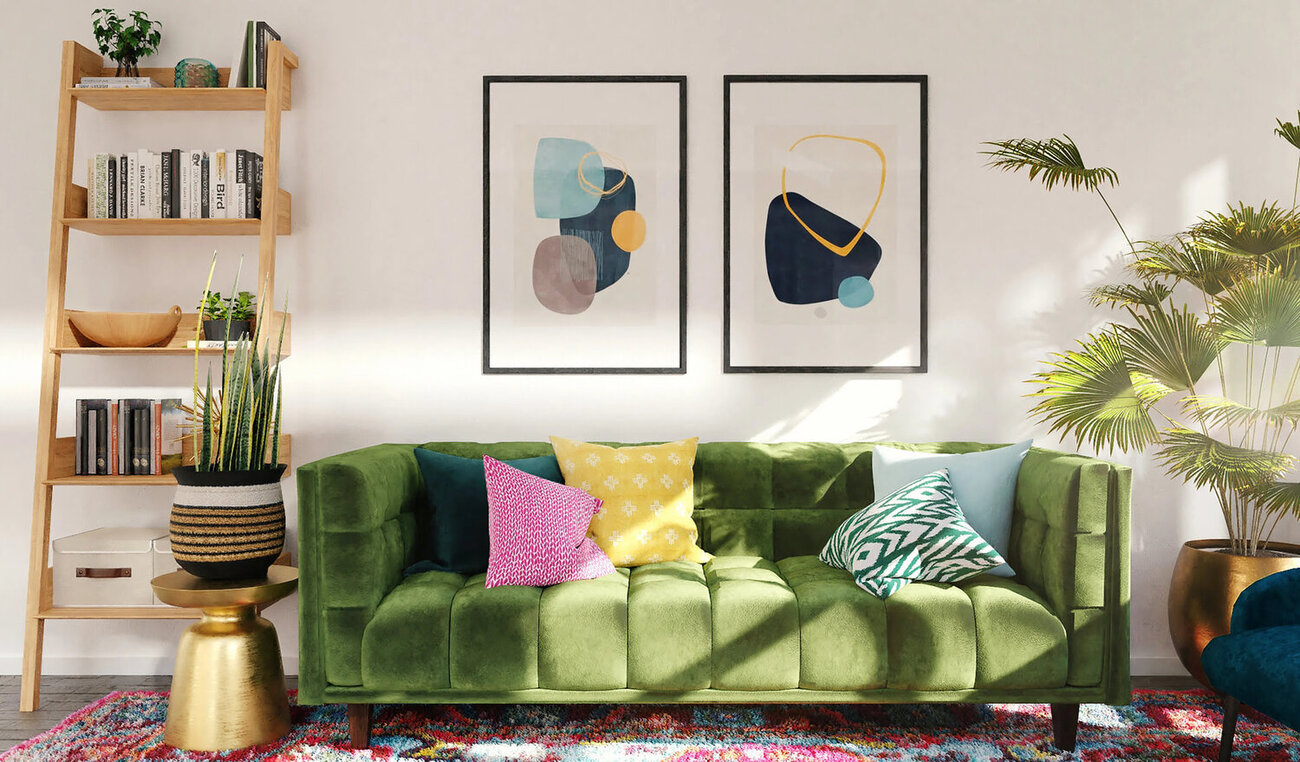

Interior Design
How To Arrange Furniture For Good Feng Shui: 4 ways To Avoid Conflict
Modified: January 6, 2024
(Many of the links in this article redirect to a specific reviewed product. Your purchase of these products through affiliate links helps to generate commission for Storables.com, at no extra cost. Learn more)
Introduction
Arranging furniture in a way that promotes good Feng Shui is not just about creating a visually appealing space; it’s about harnessing positive energy and creating a harmonious environment. Feng Shui, an ancient Chinese practice, believes that the arrangement of furniture and objects in a space can influence the flow of energy and impact various aspects of our lives, such as well-being, relationships, and success.
By understanding the principles of Feng Shui and implementing them when arranging furniture, you can create a home that not only looks beautiful but also supports positive energy flow. In this article, we will explore four ways to arrange furniture for good Feng Shui and avoid conflict.
Key Takeaways:
- Create a harmonious layout by balancing furniture size, symmetry, and clear pathways. Utilize the power position to enhance control and security, and incorporate colors and natural materials for positive energy flow.
- Clear clutter and organize space to optimize Feng Shui. Declutter systematically, organize furniture for smooth movement, and maintain a clutter-free environment for balanced and positive energy flow.
Understanding Feng Shui and its impact on furniture arrangement
Feng Shui, which translates to “wind and water,” is an ancient Chinese philosophy and practice that seeks to harmonize individuals with their environment. It is based on the belief that the arrangement of furniture and objects in a space can affect the energy, or chi, that flows through it. By optimizing the flow of energy, it is believed that we can create a harmonious and balanced living space.
When applying Feng Shui principles to furniture arrangement, the goal is to create a space that supports the overall well-being and promotes positive energy. This not only involves considering the placement of furniture but also the colors, materials, and overall layout of the room.
One of the main principles of Feng Shui is the concept of yin and yang, representing balance and harmony. It suggests that furniture should be arranged in a way that balances the energies of the room. For example, if one side of the room feels too heavy or overwhelming, adding furniture or objects to the opposite side can help restore balance.
Another vital aspect of furniture arrangement in Feng Shui is the concept of the “power position.” In Feng Shui, the power position refers to the placement of furniture in a way that allows individuals to have a clear view of the room and the main entry point. This positioning creates a sense of security and provides a commanding view, fostering a sense of control and stability.
Additionally, Feng Shui places great importance on the use of colors and materials in furniture arrangement. Each color is believed to represent different elements and can have specific effects on energy. For example, using warm colors like red or orange in the appropriate areas can stimulate energy and passion, while cooler colors like blue or green can bring a sense of calmness and tranquility.
Similarly, the materials used in furniture can impact the overall energy of a room. Natural materials, such as wood or bamboo, are favored in Feng Shui as they are believed to promote a sense of grounding and connection with nature. Avoiding sharp edges and opting for rounded or curved furniture can also contribute to a more harmonious energy flow.
By understanding the principles of Feng Shui and their impact on furniture arrangement, you can create a space that promotes positive energy, balance, and harmony. In the next sections, we will explore four specific ways to arrange furniture for good Feng Shui and avoid conflict.
Creating a balanced and harmonious layout
A balanced and harmonious layout is a fundamental aspect of Feng Shui when arranging furniture. It involves considering the size and scale of the furniture pieces, as well as their placement in relation to each other and the room layout.
To create a balanced layout, start by assessing the size of the room and the furniture. Avoid overcrowding the space with too many pieces, as this can disrupt the flow of energy and create a sense of chaos. Instead, select furniture that is proportionate to the room and leave ample space for movement and flow.
Next, consider the placement of furniture in relation to each other. Aim for a symmetrical arrangement, where furniture is balanced on either side of a focal point, such as a fireplace or a centerpiece. Symmetry promotes a sense of stability and visual harmony, allowing energy to flow smoothly throughout the space.
In addition to symmetry, consider the concept of the “Commanding Position.” This position refers to placing the most important furniture, such as a bed or desk, in a way that allows you to have a clear view of the room and the main entry point. This positioning enhances a sense of control and security, creating a more harmonious environment.
When arranging furniture, also take into account the pathways and flow of movement in the room. Ensure that there are no obstacles or furniture blocking the natural flow of energy and movement. Clear, open pathways not only facilitate a smoother energy flow but also contribute to a sense of spaciousness, which is essential in Feng Shui.
Lastly, consider the shape of the furniture itself. In Feng Shui, rounded or curved furniture is preferred over sharp, angular pieces. Rounded shapes are believed to promote a more harmonious energy flow and create a sense of balance. When selecting furniture, consider those with soft curves or rounded edges, such as a circular dining table or a curved sofa.
By creating a balanced and harmonious layout, you promote positive energy flow and create a pleasing and inviting space. The next section will explore the importance of placing furniture in the “power position” for optimal Feng Shui.
Placing furniture in the power position
Placing furniture in the power position is a key aspect of Feng Shui and involves positioning furniture in a way that allows individuals to have a clear view of the room and the main entry point. This placement enhances a sense of control, security, and stability, promoting positive energy flow.
When arranging furniture, prioritize the positioning of important pieces, such as the bed in the bedroom or the desk in the office, in the power position. This means placing the furniture in a way that allows you to see the entrance of the room without being directly in line with the door.
For example, in a bedroom, the power position for the bed would be against a solid wall, facing the door but not directly aligned with it. This positioning provides a sense of security and allows you to see anyone entering the room, symbolizing a position of power and control. Avoid placing the bed with the foot facing the door, as this is believed to create a restless and uneasy energy.
Similarly, in a home office, position the desk in the power position, facing the entrance of the room. This placement allows you to see and welcome clients or visitors while working, promoting a sense of authority and productivity. Avoid placing the desk in a way that has your back facing the door, as this can create a feeling of vulnerability and hinder concentration.
In addition to the bed and desk, consider the placement of other furniture pieces in relation to the power position. Arrange seating areas or sofas in a way that still allows for a clear view of the room and the entrance. Use furniture placement to create a sense of security and control in every area of your home.
Remember, the power position is not just about the physical placement of furniture; it is also about the energy it conveys. When in the power position, be mindful of how you feel and the energy you project. Confidence and a sense of groundedness can contribute to a positive energy flow throughout the space.
By placing furniture in the power position, you establish a sense of control, security, and stability within your living environment. The next section will discuss how colors and materials can be used to enhance positive energy flow in furniture arrangement for Feng Shui.
When arranging furniture for good Feng Shui, avoid placing furniture in direct line with doors, as it can create conflict and negative energy flow. Instead, position furniture at an angle to promote a more harmonious flow of energy.
Using colors and materials for positive energy flow
In Feng Shui, colors and materials play a significant role in furniture arrangement as they can impact the energy flow and create a certain atmosphere in a space. By consciously selecting the right colors and materials, you can enhance positive energy and create a harmonious environment.
When it comes to colors in Feng Shui, each color is associated with different elements and has unique effects on energy. Understanding the symbolism of colors can help you make intentional choices in furniture arrangement.
For example, red is considered a high-energy color that symbolizes passion and vitality. It can be used in moderation to stimulate energy and create a strong focal point in a room. However, too much red can be overwhelming, so use it selectively and balance it out with neutral colors.
On the other hand, colors like blue and green are associated with calmness and tranquility. They can be used in areas where you seek relaxation, such as bedrooms or living rooms. Pastel shades of these colors can create a soothing and peaceful environment.
When choosing materials for furniture, opt for natural materials as much as possible. Feng Shui emphasizes a strong connection with nature, and using materials such as wood, bamboo, or rattan can enhance a sense of grounding and stability.
Wood, in particular, is highly valued in Feng Shui as it represents growth, strength, and abundance. Incorporating wooden furniture pieces in your space can bring a nurturing and energetic quality to the environment. Look for solid wood furniture pieces or those made from sustainable sources for a more eco-friendly approach.
In addition to natural materials, consider the texture of the furniture. Rough textures, such as furniture with woven details or textured fabrics, can create a sense of movement and energy in a space. Smooth textures, on the other hand, can contribute to a more calm and serene atmosphere.
As you select colors and materials for furniture arrangement, keep in mind the overall balance and harmony you want to achieve in your space. Use colors and materials strategically to create the desired energy flow and atmosphere.
By incorporating the right colors and materials in your furniture arrangement, you can promote positive energy flow and create a harmonious environment. The next section will explore the importance of clearing clutter and organizing space for optimal Feng Shui.
Clearing clutter and organizing space for optimal Feng Shui
In the practice of Feng Shui, the concept of clearing clutter and organizing space is crucial for creating optimal energy flow and promoting a harmonious environment. Clutter can disrupt the natural flow of energy and create stagnant or negative energy in a space. By decluttering and organizing, you can create a clean and vibrant space that supports positive energy flow.
Start by decluttering your living space and eliminating items that are no longer needed or have negative associations. Clutter can be anything from physical objects that accumulate over time to unfinished tasks or unresolved issues. It is important to create a space that feels open and free from unnecessary chaos.
Take a systematic approach to decluttering. Start with one area at a time, such as a closet or a drawer, and go through each item, deciding whether to keep, donate, or discard it. Be mindful of the emotional attachment you may have to certain items and assess whether they truly serve a purpose or bring you joy.
Once you have decluttered, it is important to organize the remaining items in a way that promotes a sense of order and ease of use. Consider implementing storage solutions, such as bins, baskets, or shelves, to keep items organized and easily accessible.
Organize furniture in a way that allows for smooth movement and functionality. Arrange furniture in a way that promotes a clear and open flow of energy throughout the space. Avoid placing furniture in a way that blocks doorways or creates obstacles in the room.
Keep surfaces clear and clean, allowing for the energy to flow freely. Avoid overcrowding tabletops or shelves with too many decorative items. Instead, choose a few meaningful pieces that bring joy or represent positive energy.
Creating a clutter-free and organized space has a significant impact on the energy flow and overall harmony of a room. It creates a sense of calmness and allows for the free movement of energy, supporting a more balanced and positive environment.
Regularly reassess your living space and make a habit of decluttering and organizing on a regular basis. This will help you maintain a harmonious environment and prevent clutter from accumulating again.
By clearing clutter and organizing your space, you align yourself with the principles of Feng Shui and create an optimal environment for positive energy flow and well-being.
Conclusion
Arranging furniture for good Feng Shui goes beyond mere aesthetics – it is about creating a harmonious and balanced living space that promotes positive energy flow. By understanding the principles of Feng Shui and implementing them in furniture arrangement, you can transform your home into a sanctuary that supports well-being, relationships, and success.
Creating a balanced and harmonious layout is key, considering the size, scale, and symmetry of furniture within the room. Placing furniture in the power position, allowing for a clear view of the room and main entry point, enhances a sense of control and security.
Colors and materials play a significant role in creating positive energy flow. Selecting colors that resonate with the desired energy and incorporating natural materials like wood or bamboo can enhance a sense of grounding and connection with nature.
Clearing clutter and organizing space is essential to optimize Feng Shui. By decluttering and organizing, you create a clean and vibrant environment that supports positive energy flow and reduces stagnant or negative energy.
Incorporating these principles of Feng Shui into furniture arrangement can transform your living spaces, fostering a harmonious and balanced environment. Remember, it’s not just about following rules, but also about cultivating an awareness of how furniture placement and energy flow impact your well-being.
Take the time to assess and rearrange your furniture, using the power of Feng Shui to create a space that nurtures and supports you. Embrace the principles of balance, harmony, and positive energy flow, and you will experience the transformative effects of good Feng Shui in your home.
Frequently Asked Questions about How To Arrange Furniture For Good Feng Shui: 4 Ways To Avoid Conflict
Was this page helpful?
At Storables.com, we guarantee accurate and reliable information. Our content, validated by Expert Board Contributors, is crafted following stringent Editorial Policies. We're committed to providing you with well-researched, expert-backed insights for all your informational needs.
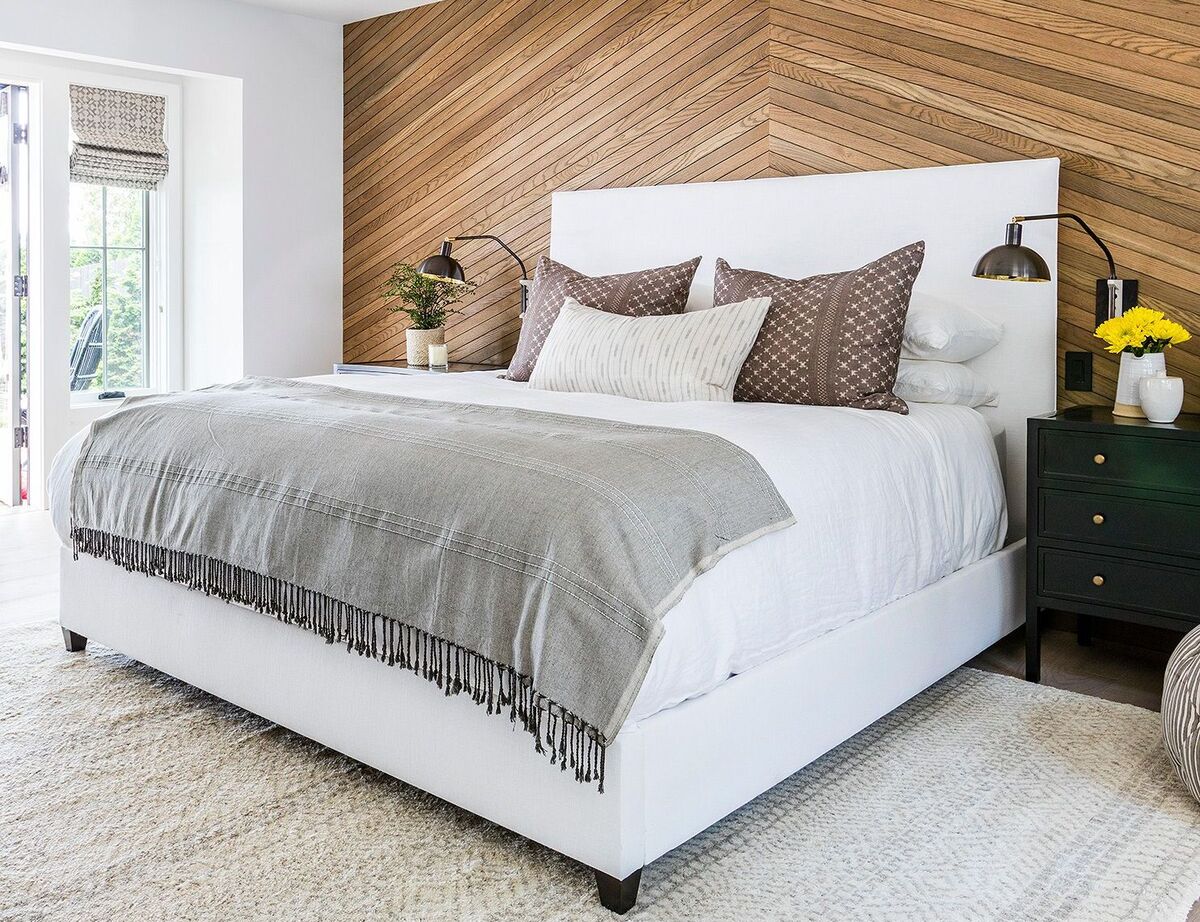
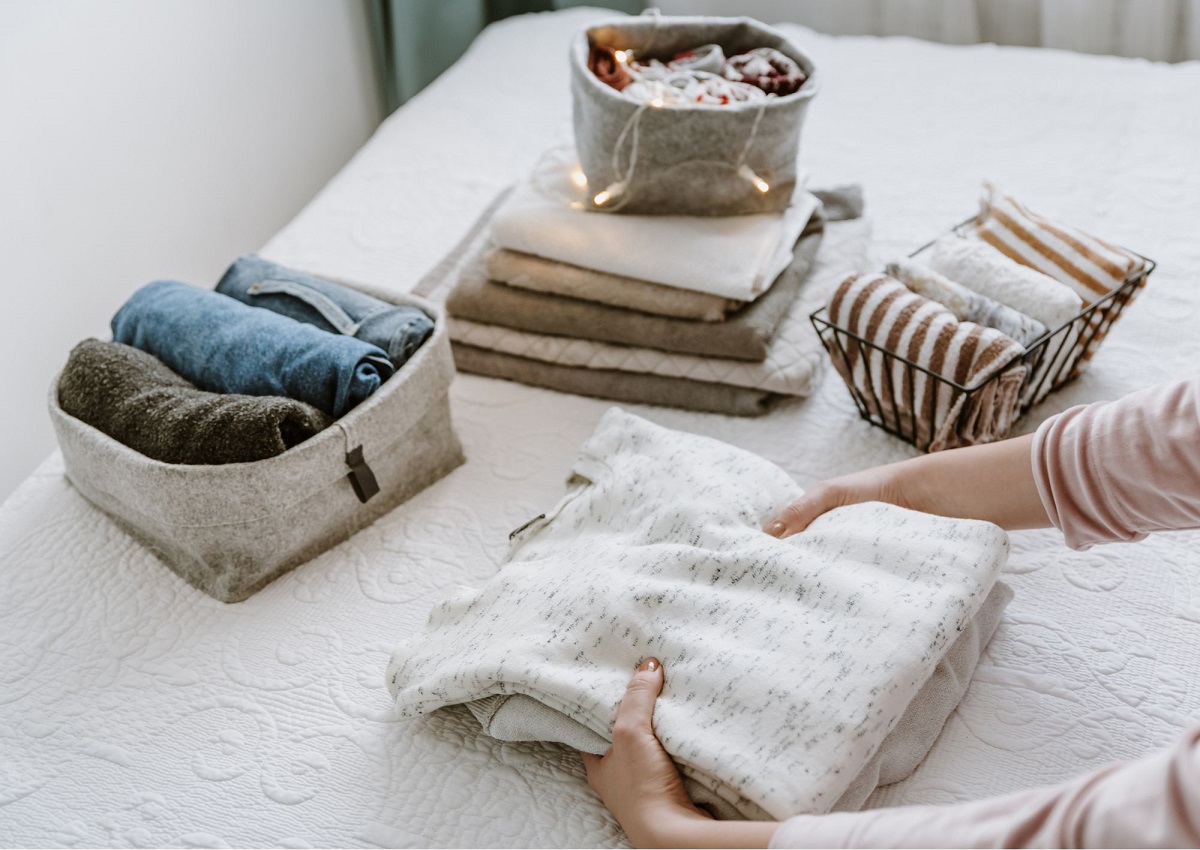
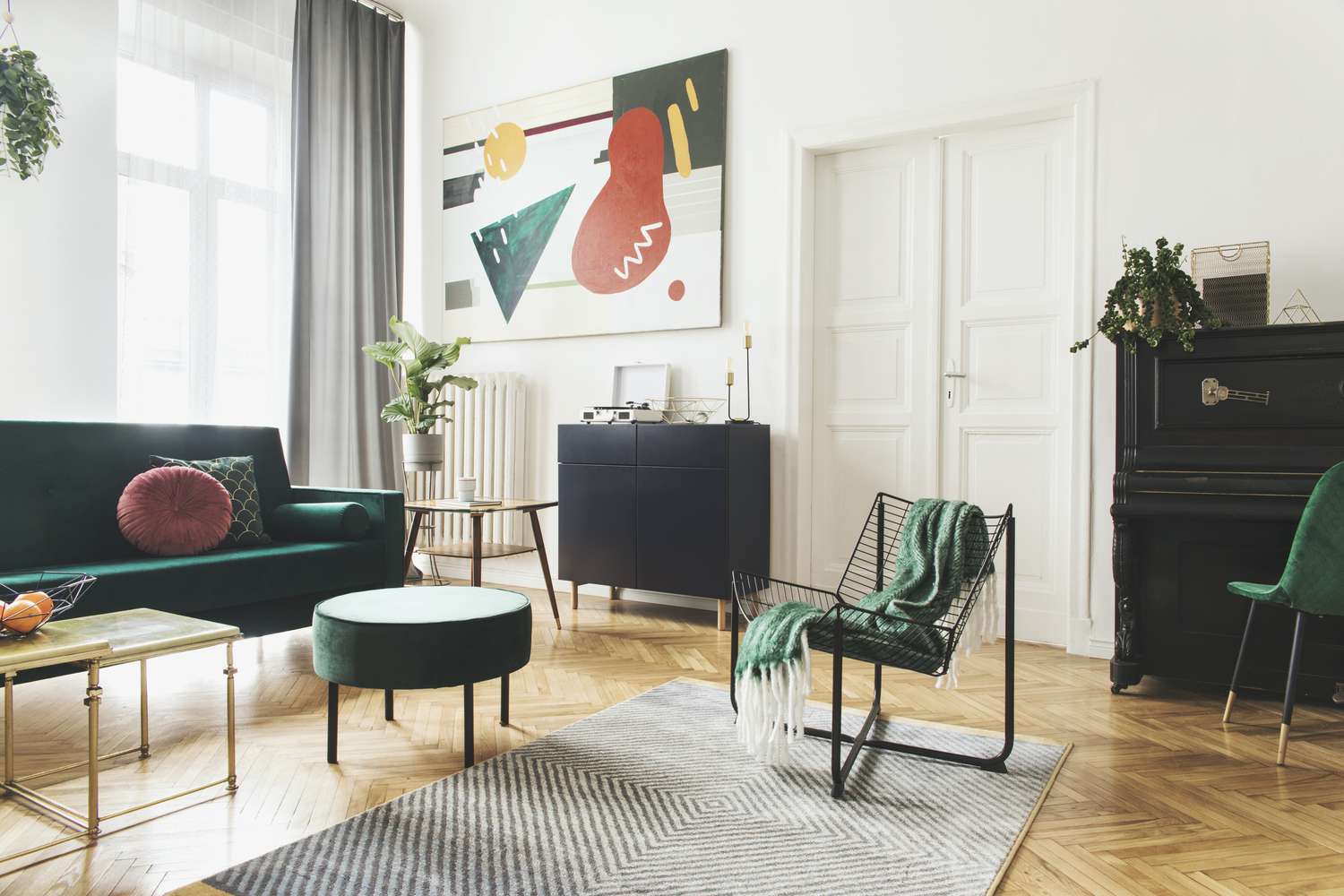
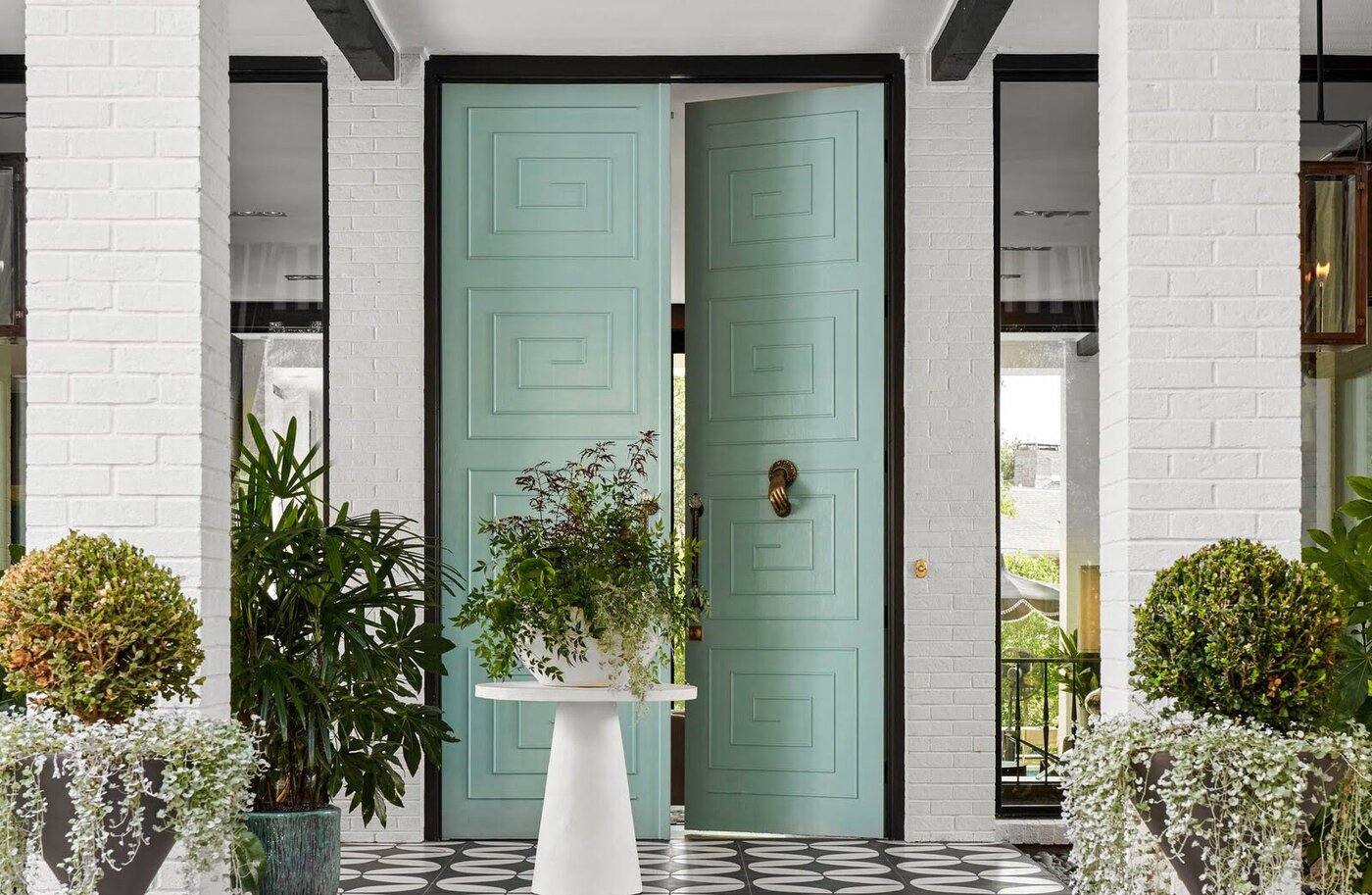
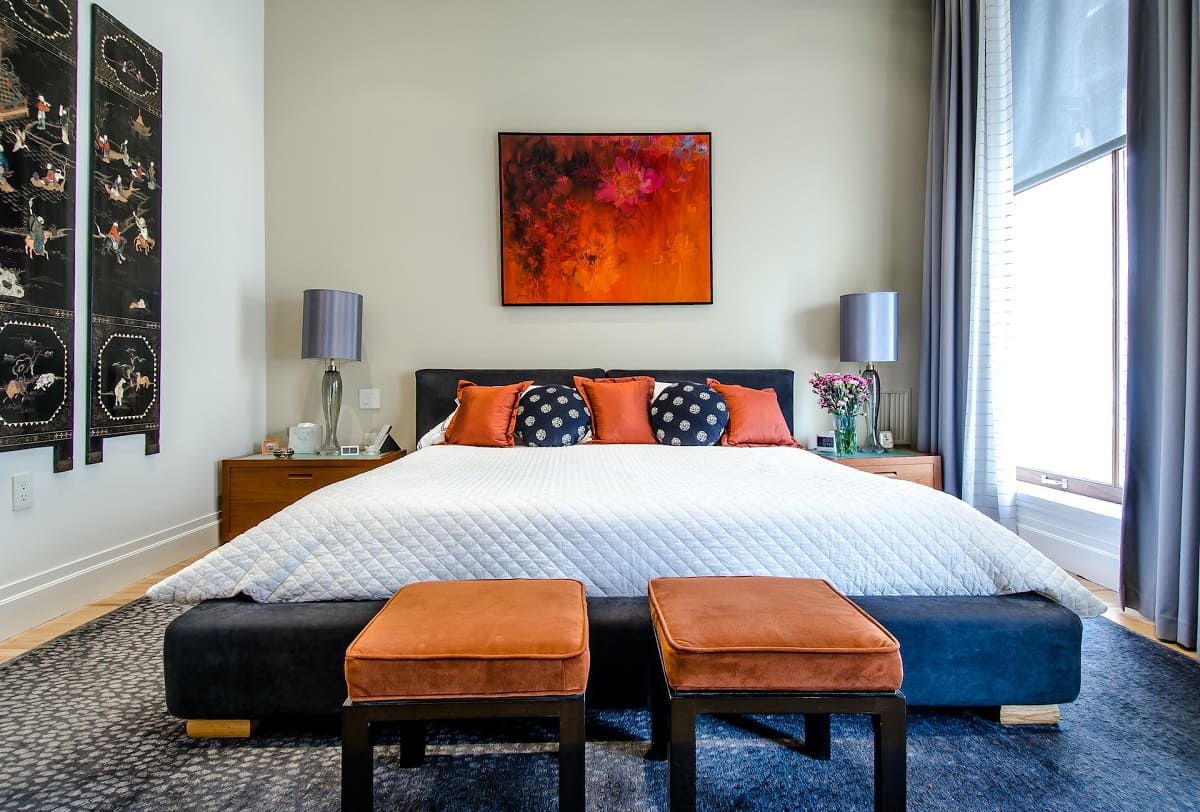
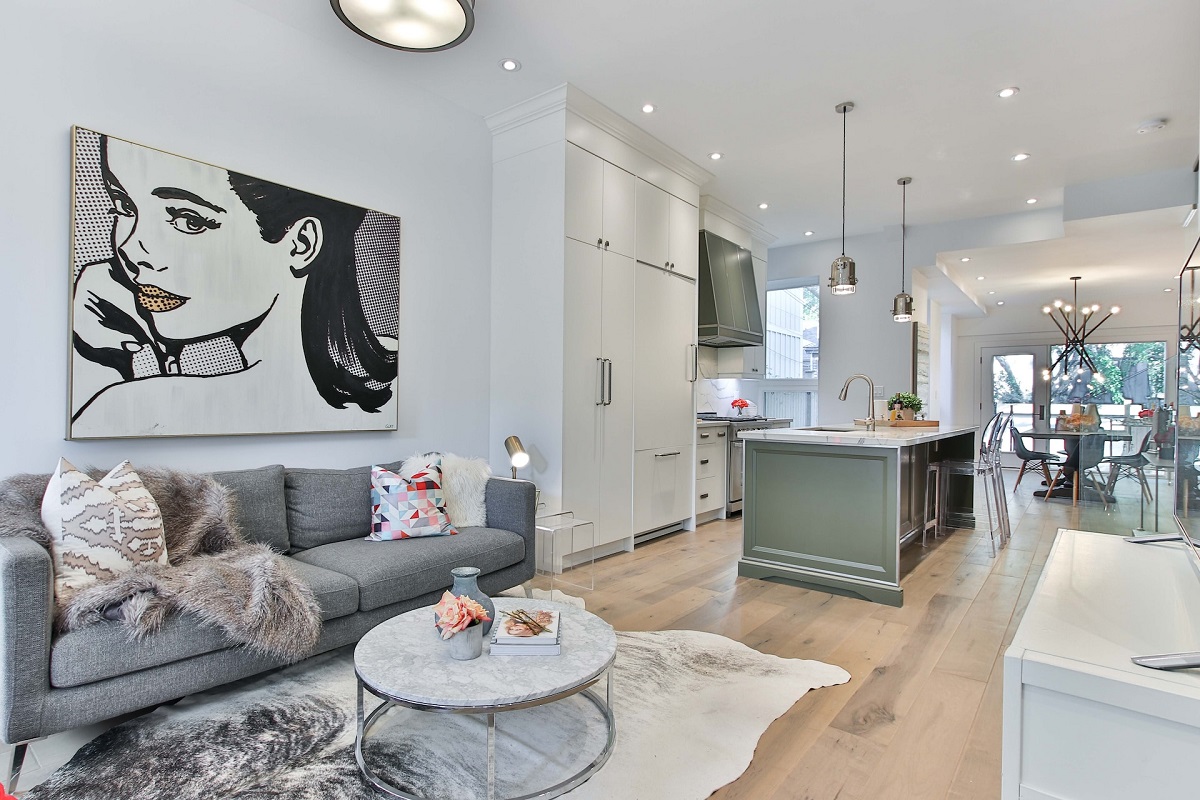
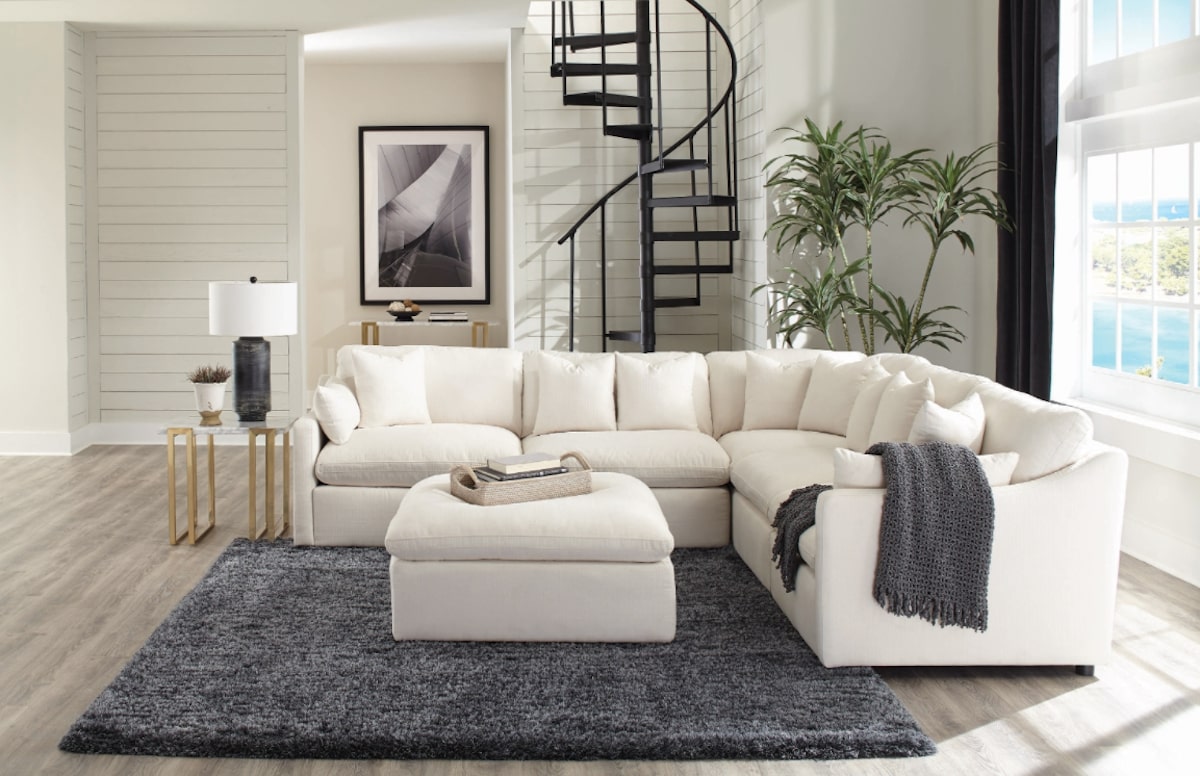
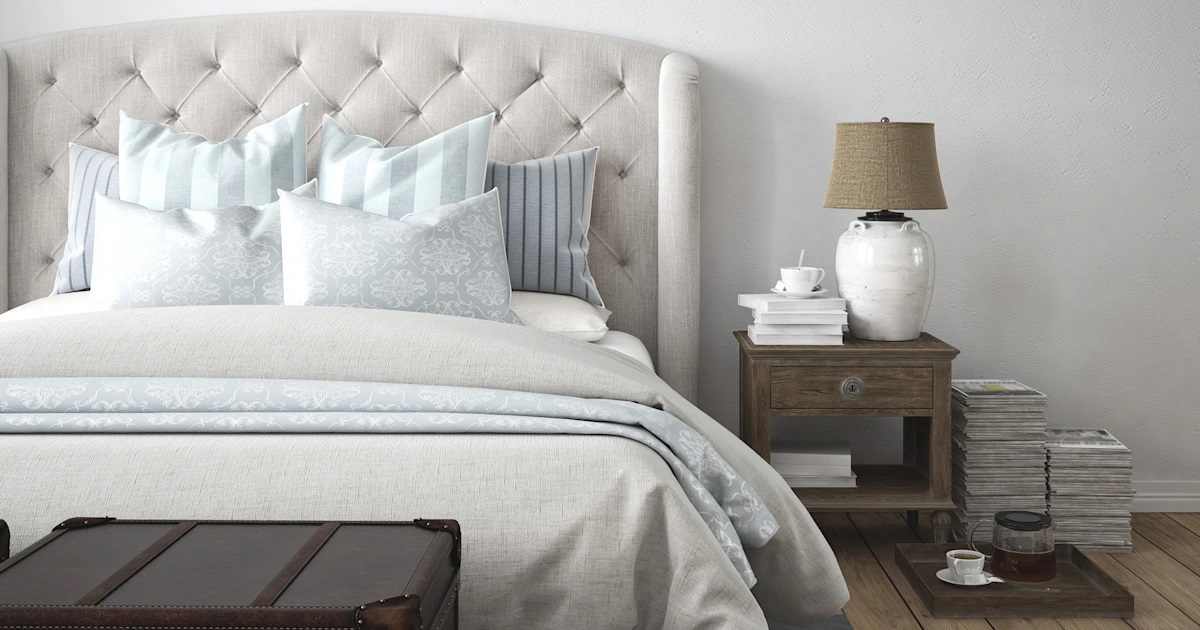
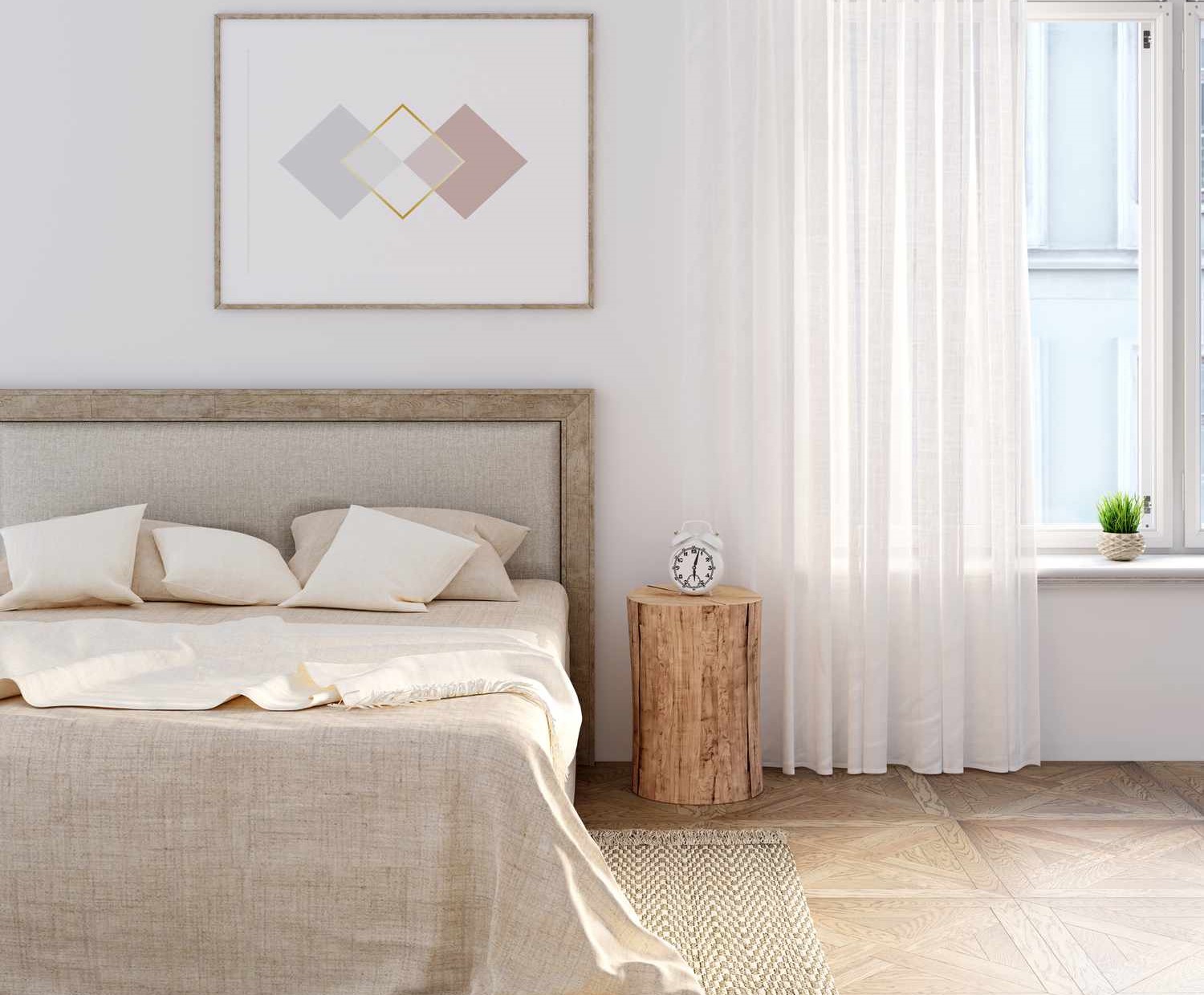
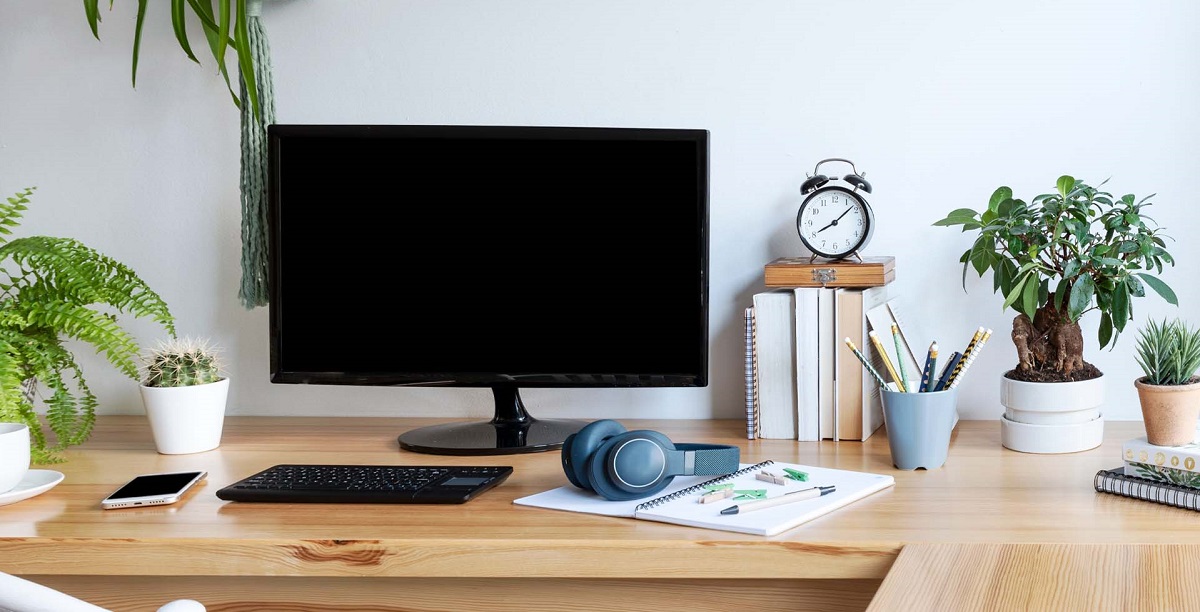
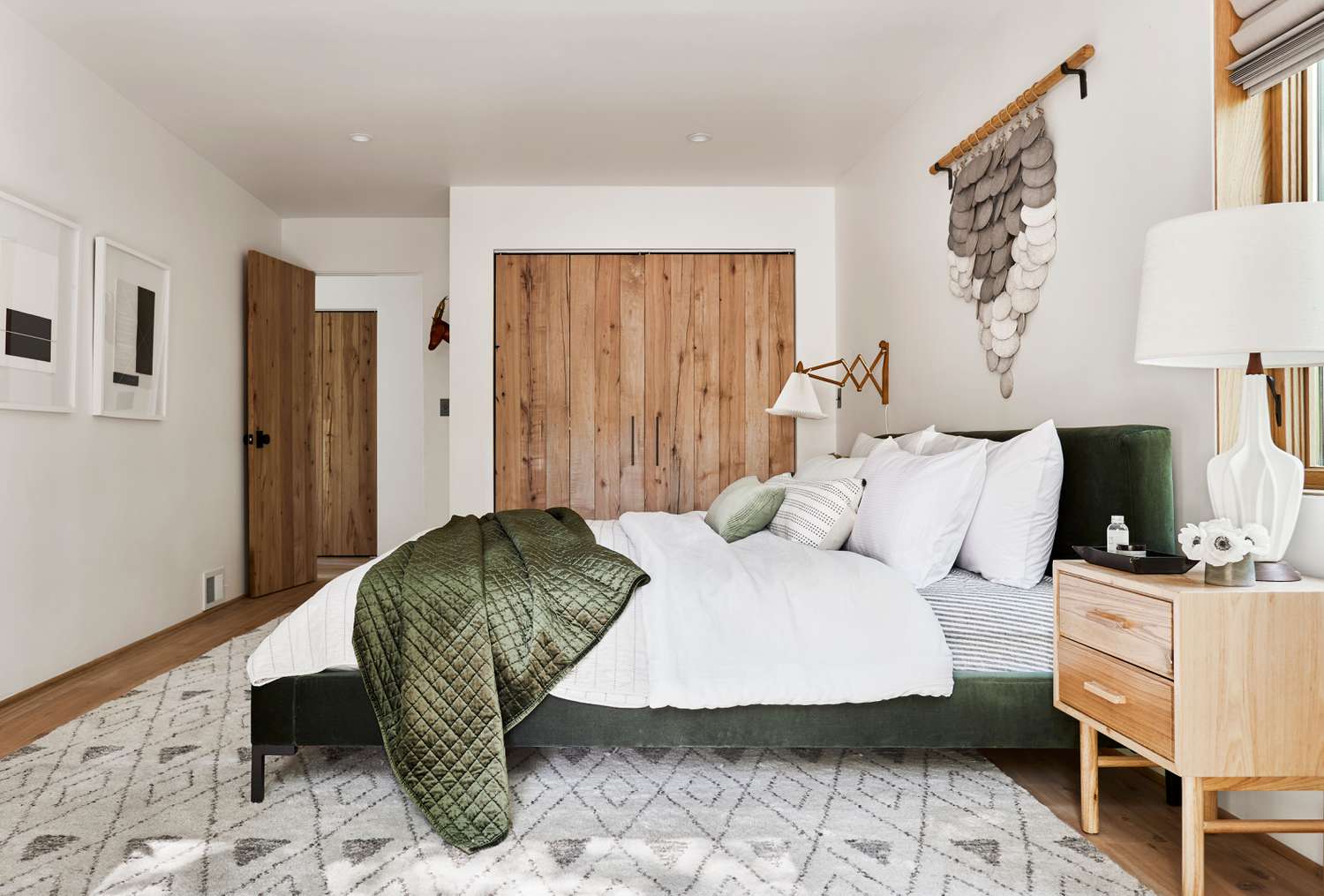
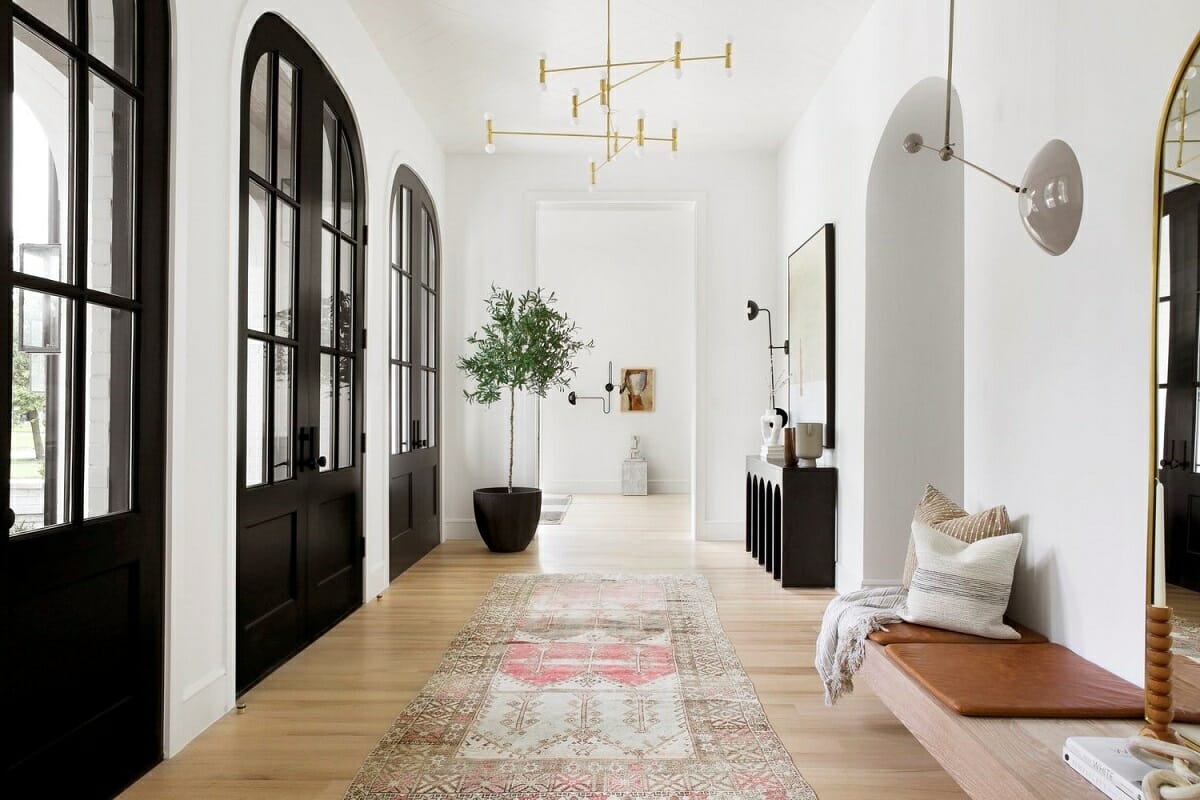
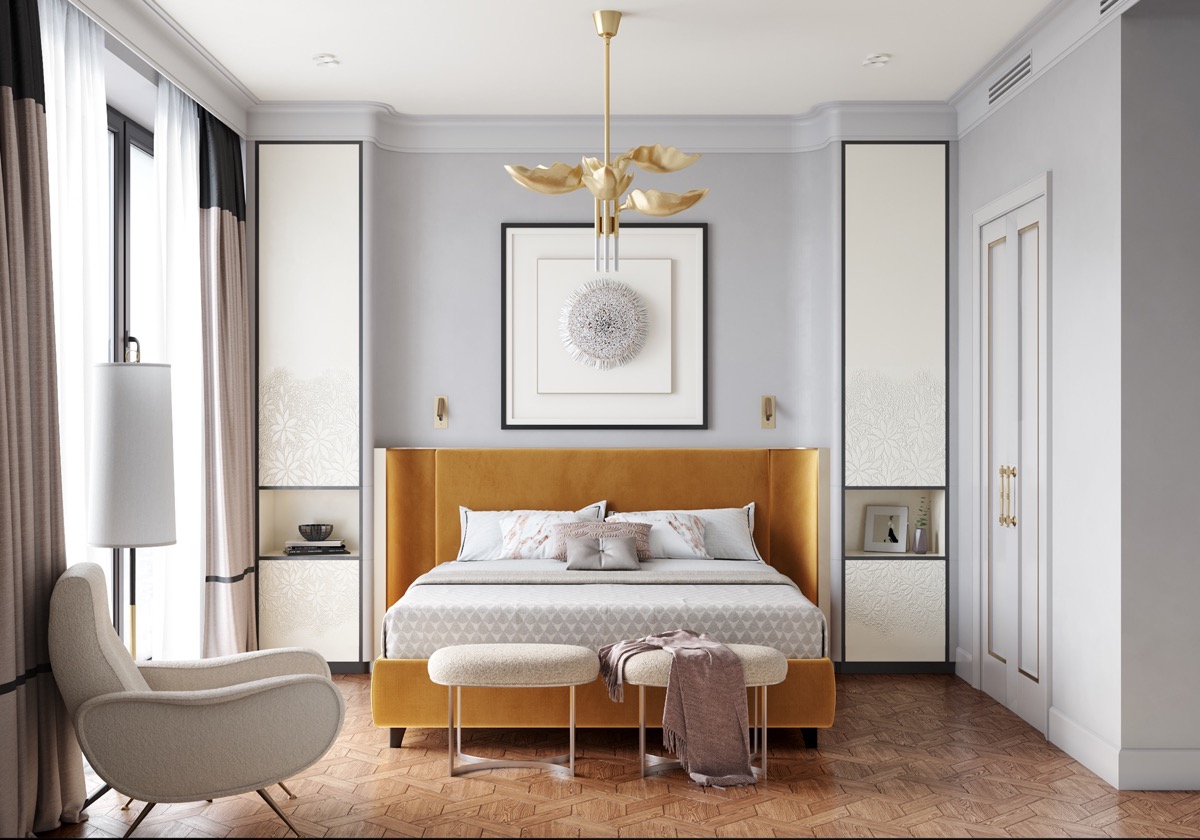
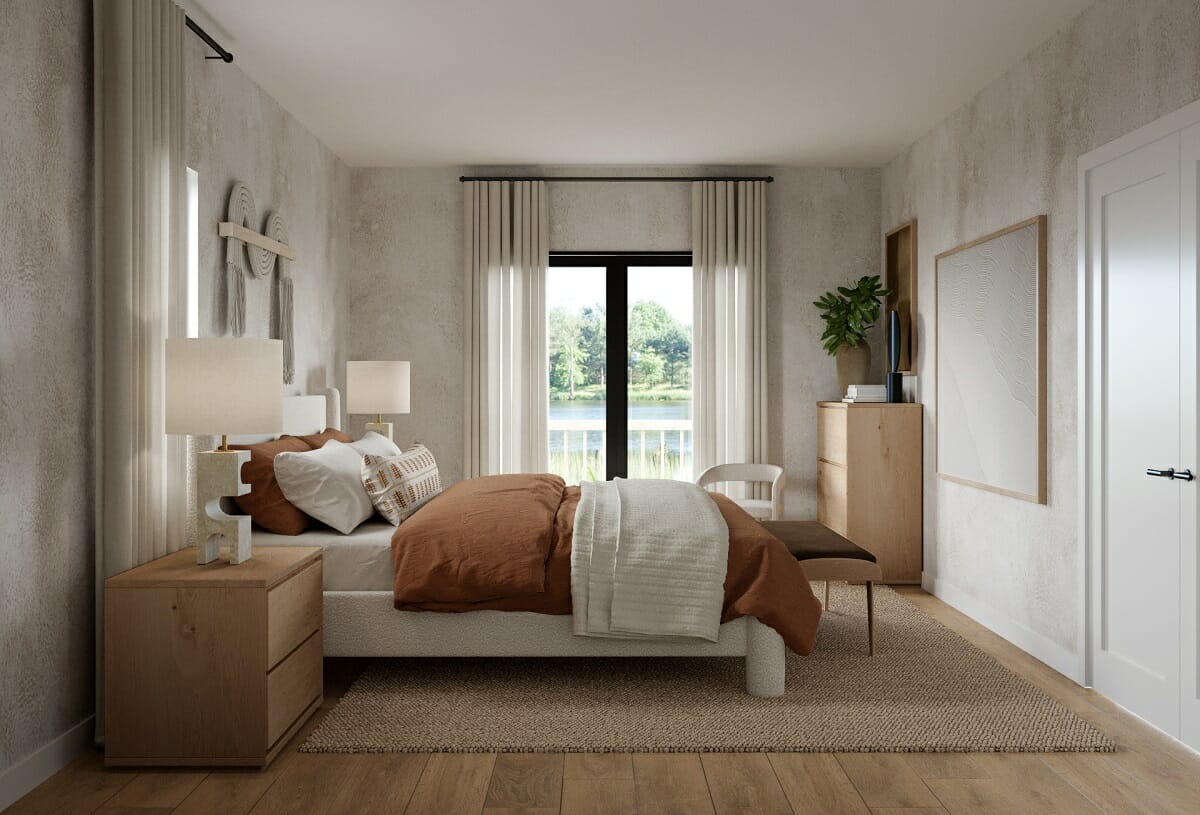

0 thoughts on “How To Arrange Furniture For Good Feng Shui: 4 ways To Avoid Conflict”